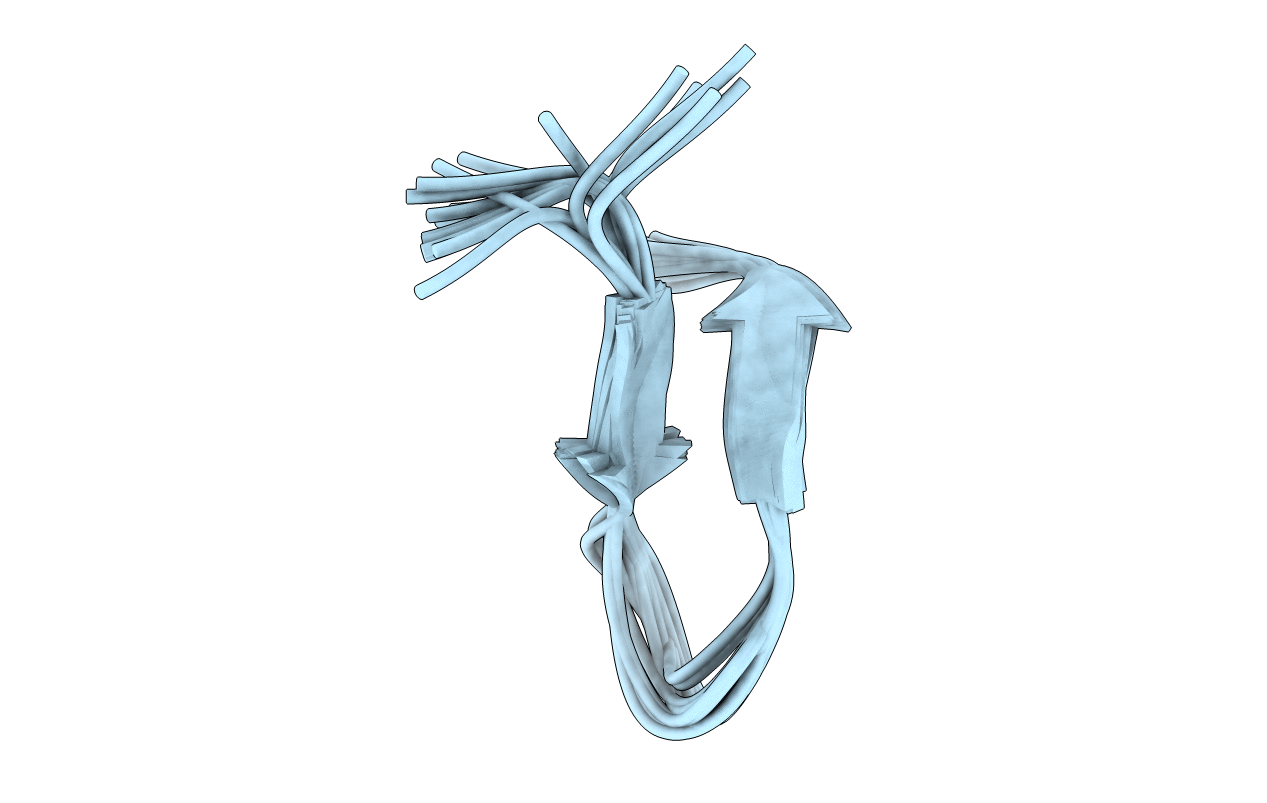
Deposition Date
2005-11-02
Release Date
2005-11-15
Last Version Date
2025-03-26
Method Details:
Experimental Method:
Conformers Calculated:
50
Conformers Submitted:
20
Selection Criteria:
structures with the lowest energy


